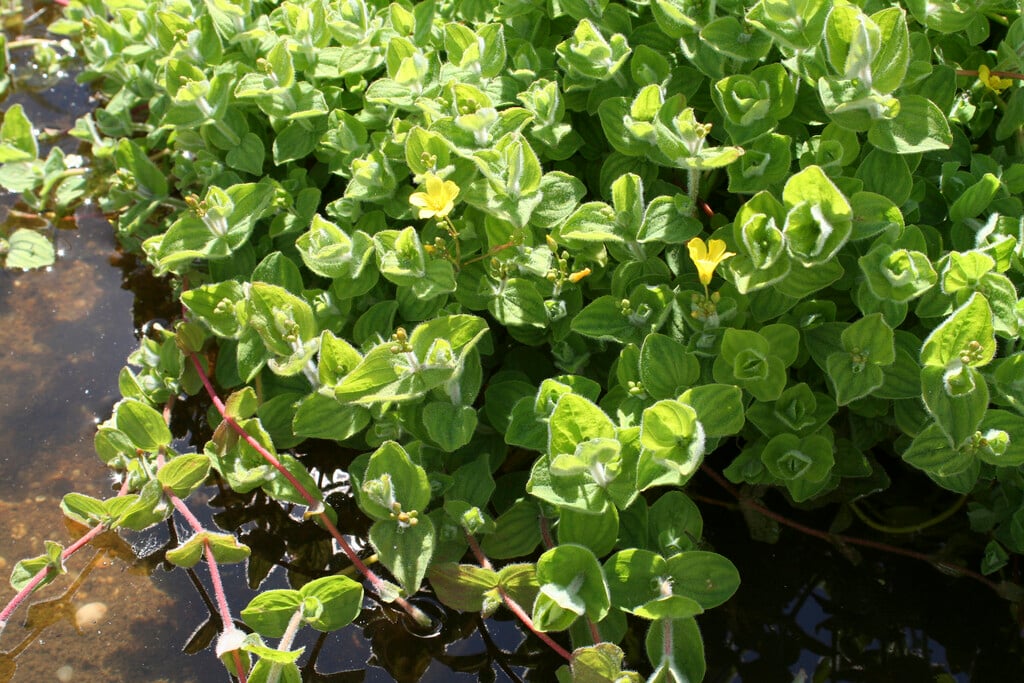Hypericum elodes
marsh St John's wort
A marsh or submerged, creeping perennial to 15cm tall, with soft, densely woolly grey-green leaves to 1.5cm long. In summer it produces saucer-shaped, bright yellow flowers to 1cm across. Grow in a bog garden or at a pond margin
Size
Ultimate height
0.1–0.5 metresTime to ultimate height
1–2 yearsUltimate spread
0.1–0.5 metresGrowing conditions
Moisture
Poorly–drainedpH
Acid, Alkaline, NeutralColour & scent
| Stem | Flower | Foliage | Fruit | |
| Spring | Green | |||
|---|---|---|---|---|
| Summer | Yellow | Green | ||
| Autumn | Green | |||
| Winter |
Position
- Partial shade
Aspect
East–facing or West–facing
Exposure
Sheltered Hardiness
H5Botanical details
- Family
- Hypericaceae
- Native to GB / Ireland
- Yes
- Foliage
- Deciduous
- Habit
- Matforming
- Potentially harmful
- Fruit are ornamental - not to be eaten. Wear gloves and other protective equipment when handling. Pets: Fruit are ornamental - not to be eaten - see the HTA guide to potentially harmful plants for further information and useful contact numbers
- Genus
Hypericum can be annuals, perennials, shrubs or trees, evergreen or deciduous, with usually paired leaves and showy yellow flowers with prominent stamens, followed by capsules, occasionally berry-like
- Name status
Correct
- Plant range
- W Europe
How to grow
Cultivation
Grow at the shallow margins of a muddy-bottomed pool, in dappled shade. See pond plants and bog gardens for further advice
Propagation
Propagate by division in spring
Suggested planting locations and garden types
Pruning
No pruning required
Pests
Generally pest-free
Diseases
May be susceptible to a rust and honey fungus (rarely)
Get involved
The Royal Horticultural Society is the UK’s leading gardening charity. We aim to enrich everyone’s life through plants, and make the UK a greener and more beautiful place.
